Janissaries and Bektashi
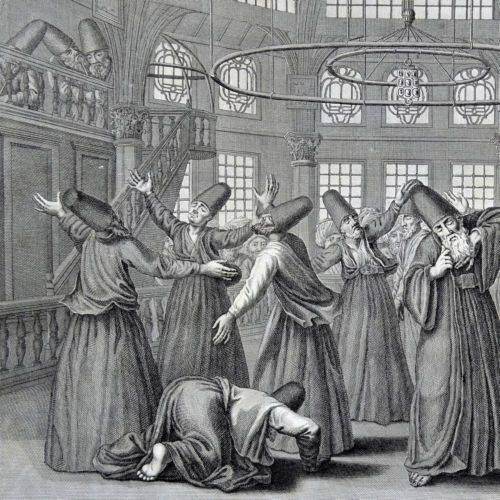
Perhaps someone saw this performance in Konya or Istanbul: a large hall in which the lights go out and men in black cloaks become almost invisible. There are no sounds from which sounds unusual for our ears come - the drums set the rhythm for musicians playing old reed flutes.
The men standing in the center of the hall suddenly drop their cloaks and remain in white shirts and felt conical hats.
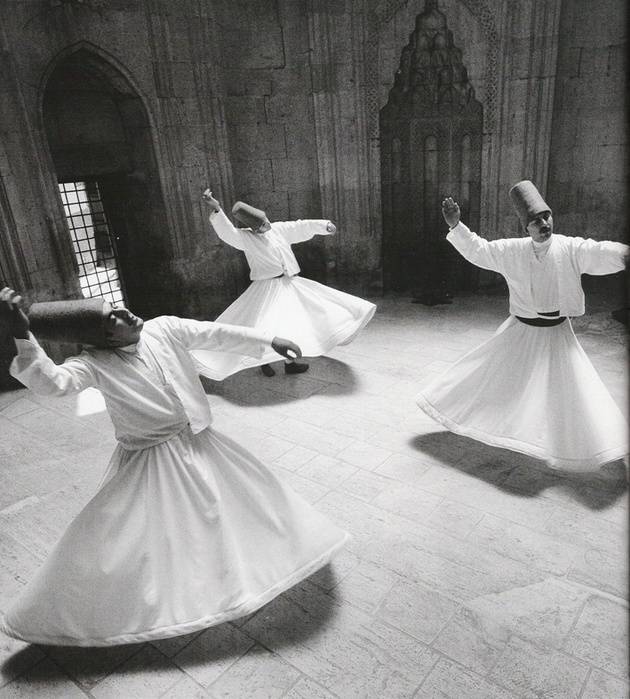
Crossing their arms over their chests, they, in turn, approach their mentor, lay their heads on his shoulder, kiss their hand and line up in a column.
At his command, a strange dance begins: at first, the artists depicting dervishes go around the hall three times, and then they begin to spin - with their heads thrown back and outstretched arms. The palm of the right hand is raised up to receive the blessing of heaven, the left palm is lowered, conveying the blessing to the earth.
Yes, these dervishes are not real. The whirling prayers of members of this small fraternity of dervishes usually take place at night, last for several hours and are closed to outsiders. The members of this Sufi Order are called Bektash. And in modern Turkish, the Janissaries are also sometimes called, using these words as synonyms.
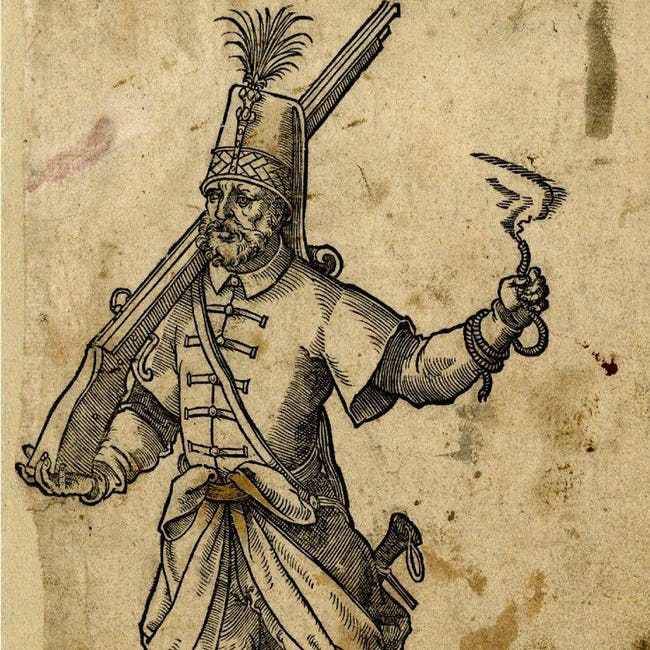
Now we will try to figure out how and why this happened.
First of all, let's decide who the dervishes are and talk a little about their communities, which are often called orders.
Brotherhood of Dervishes
Translated from Farsi, the word “dervish” means “beggar”, “poor”, and in Arabic it is a synonym for the word Sufi (Sufi in Arabic - literally, “dressed in coarse wool”, the first Sufis tried to “understand the world, themselves and God "). In Central Asia, Iran and Turkey, the mendicant Muslim preachers and mystic ascetics were called dervishes.
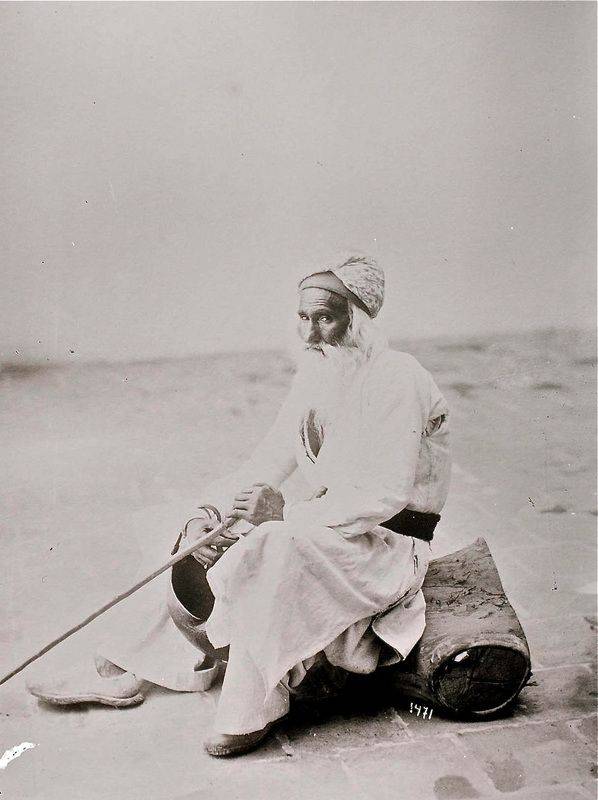
Their distinguishing mark was a long shirt, linen bag, which they wore on their shoulders, and an earring in their left ear. The dervishes did not exist on their own, but united into communities ("fraternities"), or the Order. Each of these Orders had its own charter, its own hierarchy and monastery, where dervishes could spend some time in case of illness or due to some life circumstances.
The dervishes did not have personal property, since they believed that everything belongs to God. They received money for food, mainly in the form of alms, or earned money by showing any tricks.
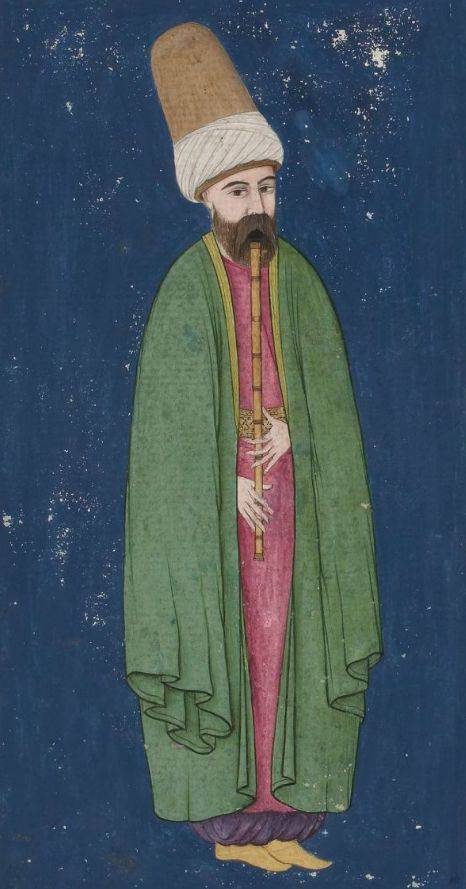
In the Russian Empire, before the revolution, Sufi dervishes could be found even in Crimea. Currently, the Order of the Dervishes is in Pakistan, India, Indonesia, Iran, and some African countries. But in Turkey in 1925, they were banned by Kemal Ataturk, who said: "Turkey should not be a country of sheikhs, dervishes, murids, a country of religious sects."
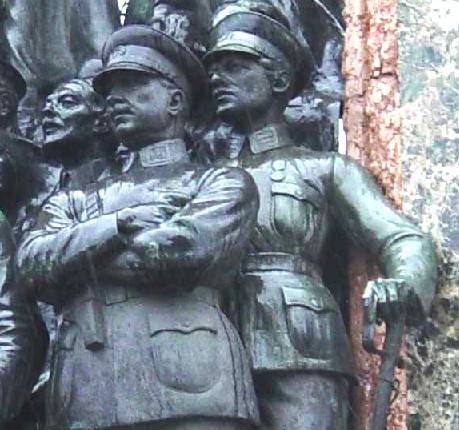
And earlier, in the XNUMXth century, it was the order of the Bektash that was banned by Sultan Mahmoud II. We will also explain why this happened. In the meantime, we say that at the end of the twentieth century, the Bektash were able to return historical homeland.
The Bektash Order is not the only and not the largest community of dervishes. There are many others: Kadiri, Naqshbandi, Yasevi, Mevlevi, Bektashi, Senusi. Moreover, under the influence of a Sufi order, there may also be people who are not officially members of this community and who are not dervishes. For example, in Albania up to a third of all Muslims in the country sympathized with the ideas of the Bektash.
All Sufi orders were characterized by a desire for a mystical unity of man with Allah, but each of them proposed its own path, which his followers considered the only right one. Bektashis professed a distorted Shiite Islam, which to the adherents of Orthodox Islam seemed a terrible heresy. Some even doubted that the Bektashis were generally Muslims. Thus, initiation into the order seemed to many to be similar to the rite of baptism in Christianity, and the Torah and the Gospels find the influence of the Bektash itself. Among the rites - communion of wine, bread and cheese. There is its own “Trinity”: the unity of Allah, the Prophet Muhammad and Shiite Ali ibn Abu Talib (“the fourth righteous caliph”). Men and women are allowed to pray in the same room, over the mihrab (a niche indicating a direction to Mecca) in the prayer rooms of the Bektash communities hang portraits of their sheikh - Baba-dede, which is simply unthinkable for Orthodox Muslims. And near the tombs of the saints Bektashi light wax candles.
That is, the order of the bektashes by the overwhelming majority of Muslims was to be perceived as a community of heretics, and therefore, it seemed, was doomed to become a refuge for marginalized people. But, oddly enough, it was this eclecticism that allowed us to assimilate Islam in a simplified form (especially from the ritual point of view), and played a decisive role in the rise of this order.
Now let's talk a little about the foundation of the Bektash order.
Haji Bektashi Vali
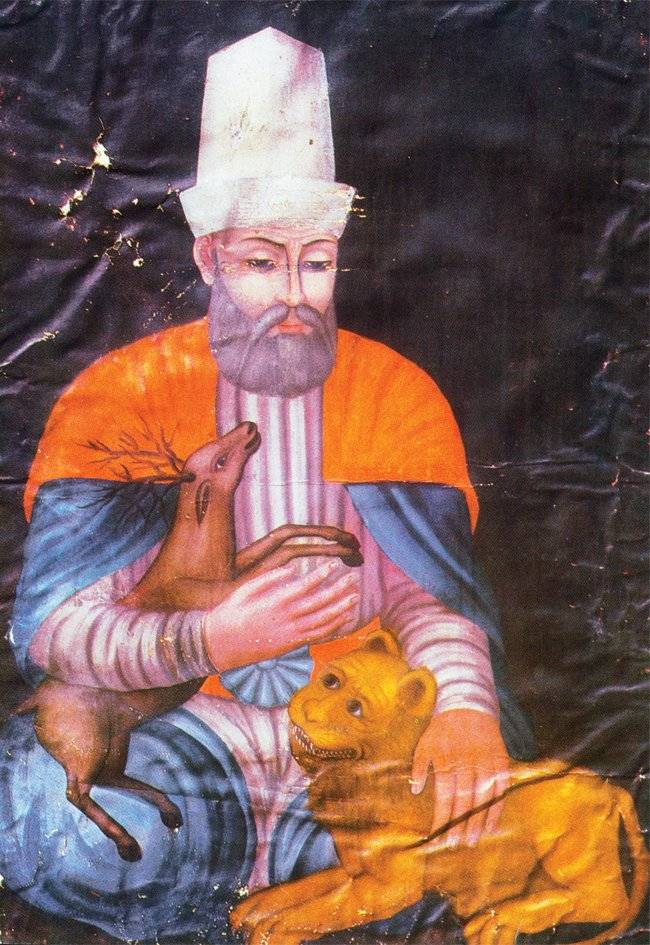
The foundation of this Sufi order was laid in the 12th century in Asia Minor by Sayyid Muhammad bin Ibrahim Ata, better known by the nickname Haji Bektashi Vali (“Vali” can be translated as “saint”). He was born in 1208 (according to other sources - in 1209) in the territory of the north-eastern province of Iran, Khorasan, but died, presumably, in 1270 or 1271. in Turkish Anatolia - near the city of Karshehir.
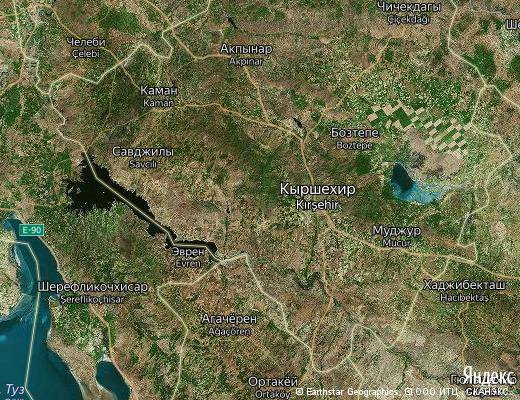
Some sources claim that Sayyid Muhammad from childhood had the gift of karamat - miracles. Parents gave the boy to the education of Sheikh Luckman Perendi from Nishapur. At the end of his studies, he settled in Anatolia. Here he preached Islam, quickly gaining respect from the locals. Soon he had his own students, for whom 7 small houses were built near the road. It was the disciples of Sayyid Muhammad (Vali Bektash), headed by Balim Sultan, who is now revered as the “second teacher” (feast as-sani) 150 years after his death and organized a new Sufi order, named after the first Teacher. Around the houses built for the first students, a small settlement grew, which, over time, became a city with the unpronounceable name Sulujakaraheyyuk - now it is called Hadzhibektash.
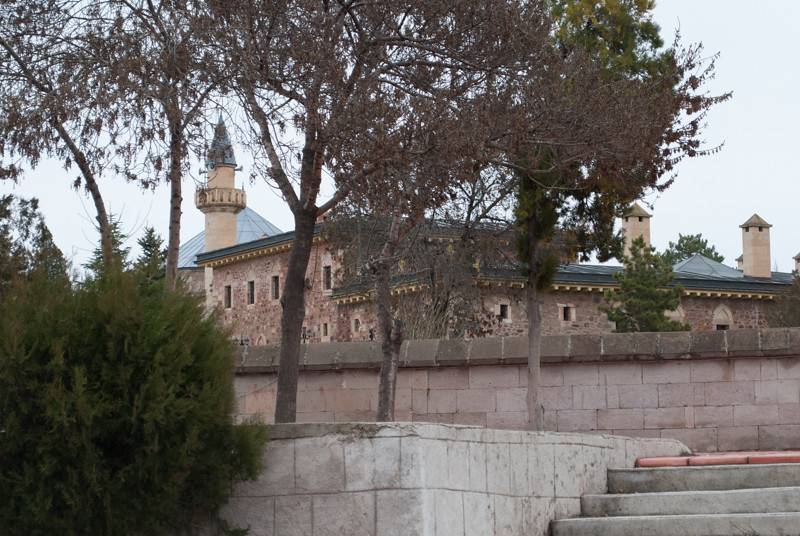
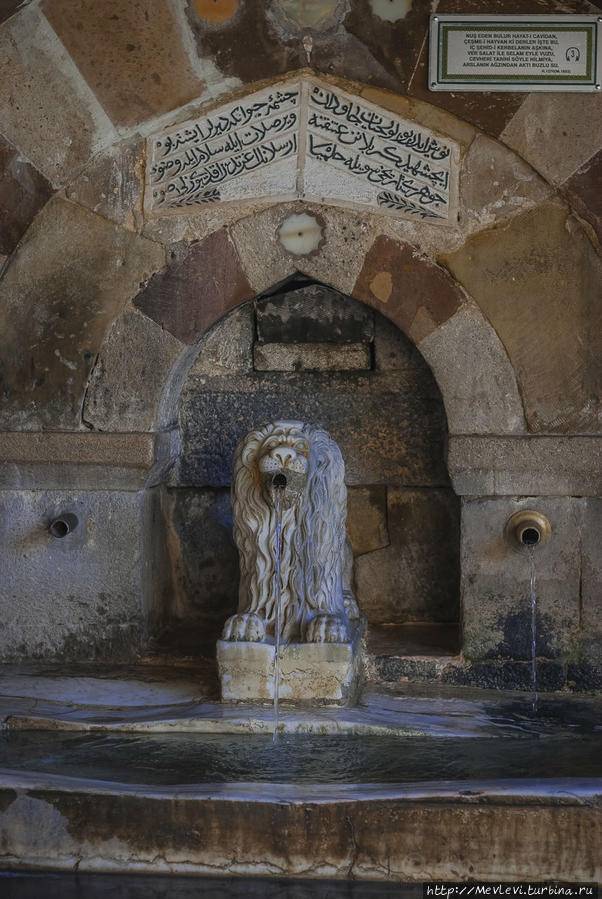
Here is the grave of the founder of the Order, and the residence of his current head is “grandfather”.
Outside of Turkey, the Sufi order of bektash was very popular in Albania, it was in this country that many of the dervishes found refuge after the ban of their community by Sultan Mahmoud II and Kemal Ataturk.
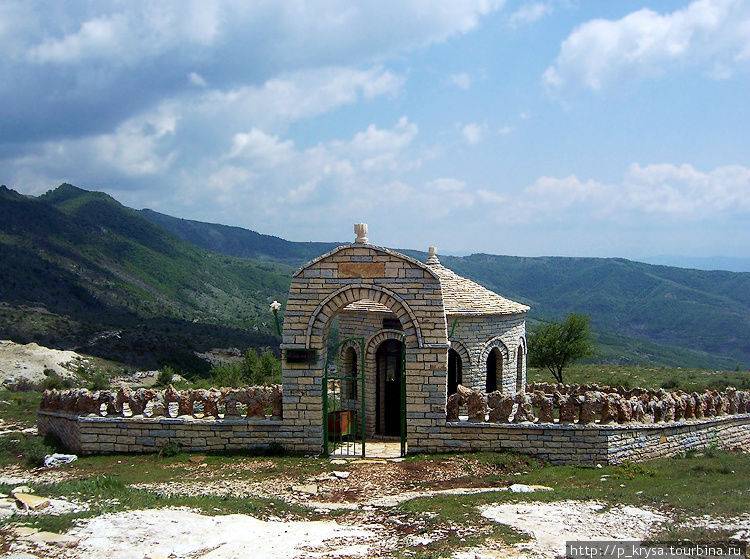
In addition, in Turkey and Albania there are “tekke” - original monasteries of the monastery of murids (novices), which, preparing to become dervises, are trained by mentors - murshids. The head of each such monastery is called a “father” (baba).
Subsequently, members of the Bektashi order were divided into two groups: in their historical homeland, in Anatolia, Chelyabi believed that they were descended from Haji Bektash Vali, and in Albania and in other European possessions of the Ottoman territories, the Babagans believed that Teacher did not have a family, and therefore , he could not have offspring. As is usually the case, Chelyabi and Babagans have traditionally been at enmity with each other.
But still, what does the Janissaries have to do with it?
"New army"
The founder of the Turkish Empire, not yet the Sultan, but just Bey Osman, needed infantry.
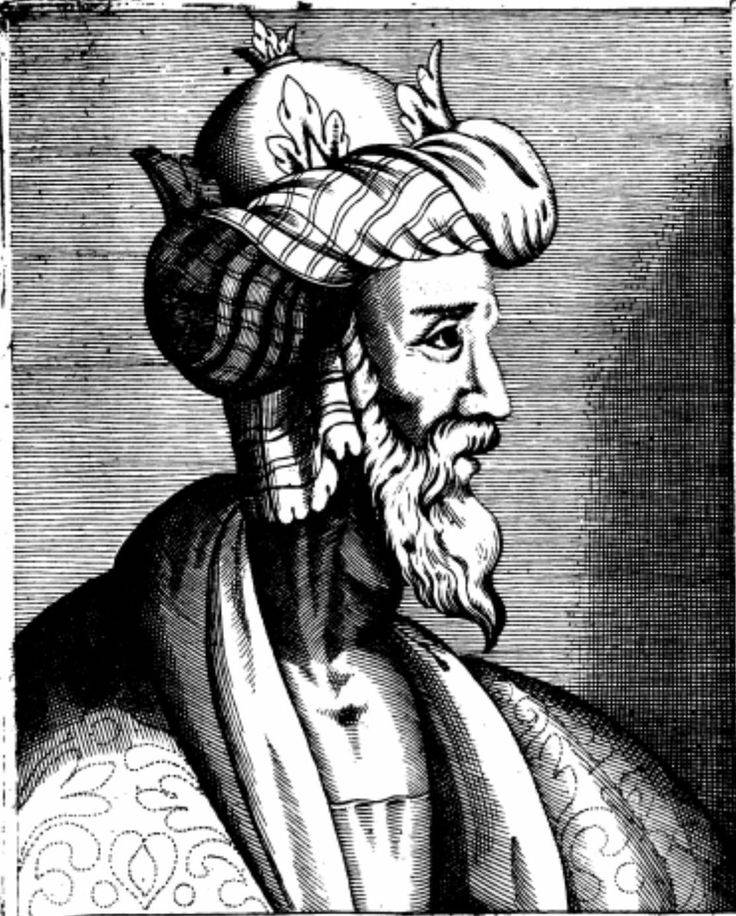
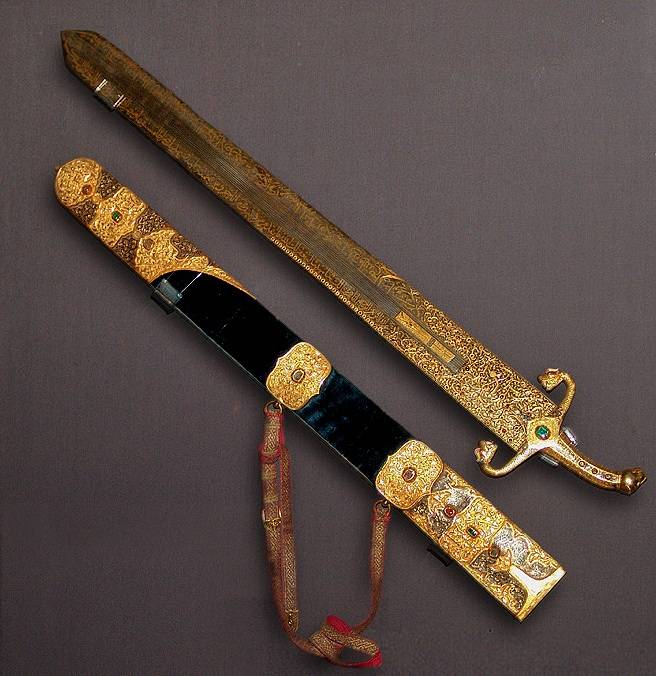
She, in general, existed in the Turkish army, but was recruited only during the fighting, was poorly trained and unruly. Such infantry was called "yaya", the service in it for hereditary dashing riders was considered prestigious, and therefore the first professional infantry units were created from Christian soldiers converted to Islam. These compounds were called the "new army" - "Yeni Cheri" (Yeni Ceri). In Russian, this phrase has become the word "Janissaries". However, the first janissaries were recruited only for the duration of the war, and then - were dismissed to their homes. In an anonymous treatise of the beginning of the XVII century, “The History of the Origin of the Laws of the Janissary Corps,” it is said about them:
When it took people to lead these (ships), they turned out to be a bunch of rabble. There was no benefit from them. In addition, they had to pay them two acres. The expense is large, and they performed their duties - through the sleeves. Returning from the campaign to their vilayets, they robbed and ravaged Raya (non-Muslim tax-paying population). ”
A council was assembled to which the great vizier, ulama and “learned men” were invited, among whom Timurtash Dede was especially noted - he is called the descendant of Haji Bektash Vali. At this council, the decision was made:
Under the grandson of Osman Murad I, the famous devshirme system was introduced: in the Christian provinces of the sultanate, mainly in the Balkans, about once every five years (sometimes more often, sometimes less often) boys were recruited to the Janissaries corps.
The devshirme system is often regarded as one of the methods of oppressing the Christian population of the Ottoman Empire, however, oddly enough, by the same Christians as a whole, it was perceived rather positively. Muslims whose children were forbidden to take into the Janissaries corps attempted to identify their sons there for bribes. The right to send their children to the Janissaries, who converted to Islam to the Slavs of Bosnia, was granted as a special mercy and privilege, which the Bosnians themselves asked for.
According to Murad, future Janissaries should choose only from the best and most noble families. If there were several boys in the family, the best of them should be chosen, the only son from the family was not taken.
Preference was given to children of medium stature: too tall were rejected as stupid, and small ones as non-living. The children of the shepherds were rejected on the grounds that they were "poorly developed." It was also forbidden to take the sons of village elders, because they were "too mean and cunning." The overly talkative and talkative did not have a chance to become janissaries: they believed that they would grow up envious and stubborn. Boys with beautiful and delicate facial features were considered prone to rebellion and rebellion (and “they seem pathetic to the enemy”).
In addition, it was forbidden to recruit boys “from Belgrade, Central Hungary and the border (lands) of Croatia into Janissaries, because a real Muslim would never turn out from a Magyar and a Croat. Having seized the moment, they renounce Islam and run. ”
The selected boys were brought to Istanbul and enrolled in a special corps called “Adjemi-oglans” (“foreign boys”).
The most capable of them were transferred to a school at the Sultan's palace, after which they sometimes made brilliant careers in the public service, becoming diplomats, provincial governors and even viziers.
Lazy and incapable were expelled and appointed gardeners or servants. Most of the students of Ajemi-oglu turned into professional soldiers and officers who came for full state support. They were forbidden to engage in crafts and marry, they were supposed to live only in the barracks.
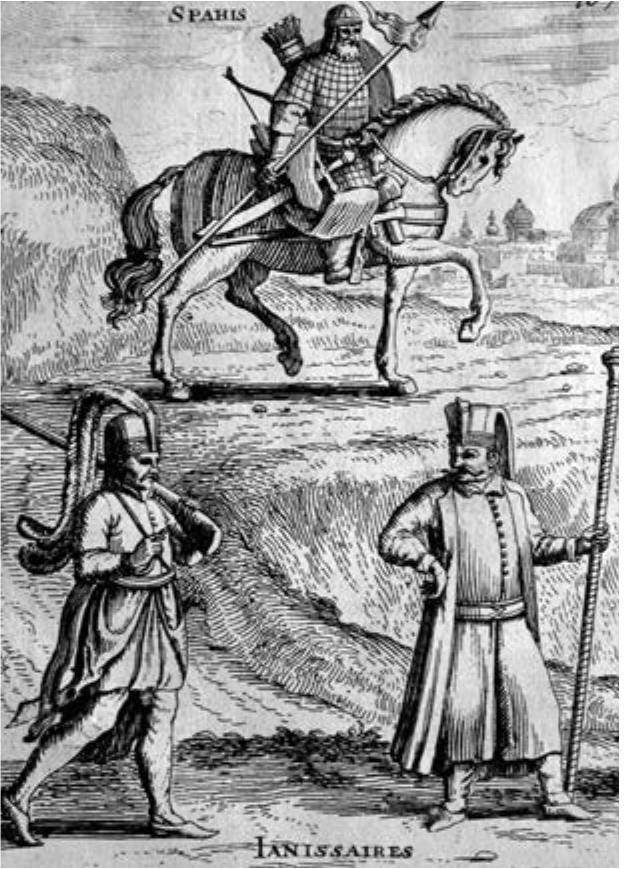
The main unit of the corps was called "ode" ("room" - meaning a room for sharing meals), and the corps itself - ojak ("hearth"). Only having attained the position of oturak (veteran) by age or due to injury, the janissary could let go of his beard, get permission to get married and get an economy.
The Janissaries were a special, privileged caste of the military. They were sent to monitor order in the field armies and garrisons; it was at the Janissaries that the keys to the fortresses were stored. The Janissary could not be executed - at first it was necessary to remove him from the corps. But they were strangers to everyone and completely dependent on the Sultan.
The only friends of the Janissaries were the Bektashi dervishes, whose sheikh Timurtash Dede, as we recall, was one of the main initiators of the creation of this corps. And they found each other - severe dervishes and frightened little Christian boys torn from their families and families, from which new and unique units of the Turkish army began to form. And the strange eclecticism of the Bektash teachings, which was mentioned above, turned out to be the best possible, as it allowed the neophytes to accept Islam in a form more familiar to Christian children.
From now on, the fate of the Bertash dervishes and the fate of the omnipotent Janissaries pushing the sultans together were tied together: together they gained great fame, and their end was equally terrible. But the Bektashis, unlike the Janissaries, managed to survive and exist today.
"Bektashism" became the ideology of the Janissaries, who were called the "sons of Haji Bektash." The dervishes of this order were constantly next to the Janissaries: they went hiking with them, taught them and provided first aid. Even the Janissary headdress symbolized a sleeve from the clothes of Haji Bektash. Many of them became members of the order, the sheikh of which was the honorary commander of the 99 corps company, and at the inauguration ceremony he was also proclaimed a mentor and teacher of all Janissaries. Sultan Orhan, before deciding to create a new Janissary corps, asked for blessings from representatives of the Bektashi order.
It is widely believed that it was Haji Bektash who made the dua prayer to the Almighty, standing in front of the first Janissaries, wiped the back of each of them, wishing them courage and valor in battles with enemies. But this is only a legend, no more: we remember that Timurtash Dede, considered his descendant, attached to the foundation of the corps of Janissaries.
At the end of the XIV century, all the neighbors of the Turks trembled with horror. The battle on the Kosovo Field (1389 g.) Was a triumph for the Janissaries, and after the defeat of the crusader army near Nikopol (1396 g.), They began to frighten children across Europe with their name. Inspired by dervishes, fanatical and well-trained janissaries on the battlefield were second to none. The Janissaries were called “lions of Islam,” but they fought against their fellow believers with no less fury.
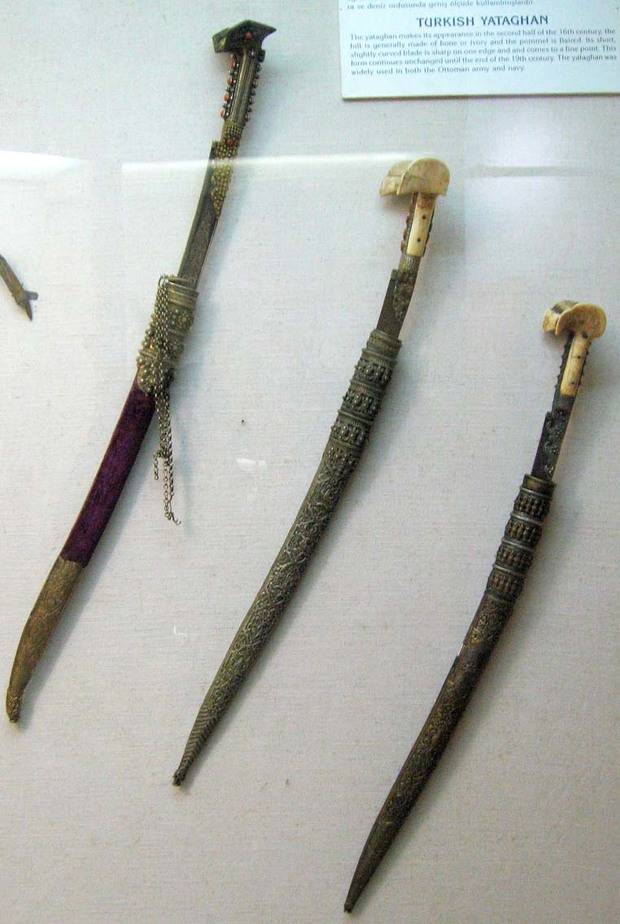
The number of Janissaries steadily increased. Under Murad, there were only two or three thousand of them, in the army of Suleiman II (l520-1566) there were already about twenty thousand, and by the end of the XVIII century the number of Janissaries sometimes reached 100 000 people.
Very soon, the Janissaries realized all the benefits of their position and from the humble servants of the Sultans turned into their worst nightmare. They completely controlled Istanbul and at any moment could remove the inconvenient ruler.
Sultan Bayazid II and the Janissaries
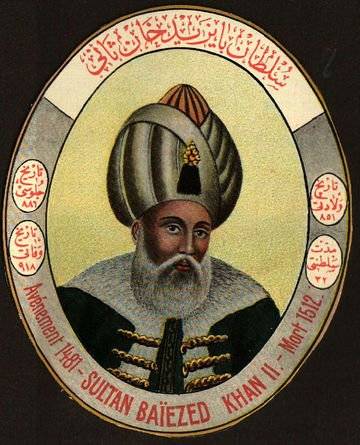
So, in the 1481 year, after the death of Fatih Mehmed II, his sons - Jem, who was supported by the Mamelukes of Egypt, and Bayazid, in whose support the Janissaries of Istanbul, supported the throne. The victory was won by the henchman Janissary, who went down in history as Bayazid II. In gratitude, he increased their salary from two to four acches per day. Since then, the Janissaries began to demand money and gifts from each new Sultan.
Bayazid II went down in history as a man who refused to Columbus, who asked him to finance his expedition, and Leonardo da Vinci, who offered him a project for the construction of a bridge across the Golden Horn.
But he rebuilt Istanbul after the 1509 earthquake of the year (“Small End of the World”), built a grand mosque of his own name in the capital, sent his fleet to evacuate Muslims and Jews expelled from Andalusia, and earned the nickname “Vali” - “saint”.
One of the wars waged by this sultan went down in history under the curious name “Beard”: in 1500, Bayazid demanded that the Venetian ambassador swear by his beard that his state wants peace with Turkey. Having received the answer that the Venetians do not have beards - they shave their faces, he mockingly said: "In this case, the inhabitants of your city are like monkeys."
The deeply affected Venetians decided to wash away this insult by Ottoman blood, and were defeated, having lost the Peloponnese Peninsula.
However, in the 1512 year, the Janissaries, who elevated Bazid II to the throne, forced him to renounce power, which he had to transfer to his son Selim. He immediately ordered the execution of all his relatives on the male line, for which he went down in history under the nickname Yavuz - “Evil” or “Ferocious”. He was probably also involved in the death of Bayazid himself, who died suspiciously quickly - a month after his abdication.
Istanbul hosts
Selim I Yavuz died in the 1520 year, and already in the 1524 year the Janissaries rebelled against his son, known in our country as Suleiman the Magnificent (and in Turkey he is called the Legislator). The house of the great vizier and other nobles was robbed, customs destroyed, Selim II personally participated in the suppression of the rebellion, and even, as they say, killed several Janissaries, but, nevertheless, was forced to pay off them.
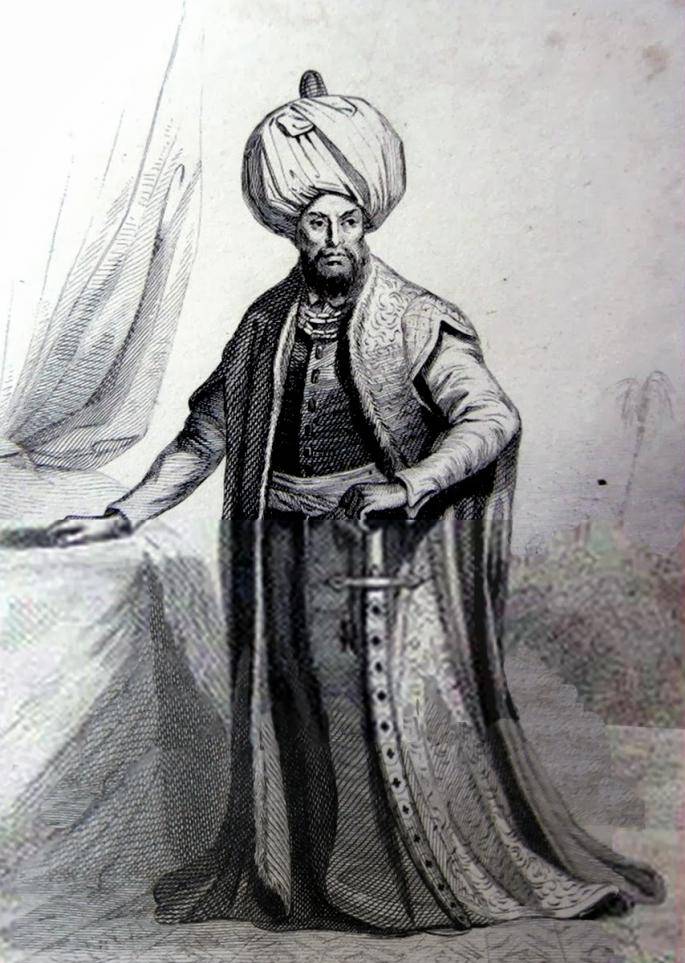
The peak of the Janissary riots occurred at the beginning of the 17th century, when in just six years (1617-1623) four sultans were displaced.
But at the same time, the Janissary corps rapidly degraded. The devshirme system was eliminated, now Janissaries' children and native Turks became Janissaries. The quality of the military training of the Janissaries and their combat effectiveness deteriorated. The former fanatics were no longer eager for battle, preferring a well-fed life in the capital to campaigns and battles. From the thrill that the Janissaries once inspired the enemies of the Ottoman Empire, there was not a trace left. All attempts to reform the corps according to European standards failed and the sultans who dared to take such a step were considered a great success, if the fury of the Janissaries managed to pay off the heads of the great vizier and other dignitaries. The last sultan (Selim III) was killed by the Janissaries in 1807, the last vizier - in 1808. But the denouement of this bloody drama was already close.
Mahmoud II and the last rebellion of the Janissaries
In the 1808 year, as a result of the coup d'etat organized by Mustafa Pasha Bayraktar (Governor Ruschuk), the Sultan Mahmoud II (the 30 Ottoman Sultan) came to power in the Ottoman Empire, sometimes called the “Turkish Peter I. He made compulsory primary education, authorized the publication newspapers and magazines, became the first sultan to appear in public in European clothes. To transform the army into a European way, German experts were invited from Germany, including even Helmut von Moltke the Elder.
In June 1826, Sultan Mahmud II ordered the Janissaries to be announced (and there were about 20 000 in Istanbul) that they would not be given lamb until they had studied the combat order and tactics of the European armies. The very next day, they rebelled, which for some reason also joined the firemen and porters. And in the front ranks of the rebels, of course, were old friends and patrons of the Janissaries - dervishes-bektashis. Many rich houses and even the palace of the great vizier were looted in Istanbul, but Mahmoud II himself, along with ministers and sheikh-ul-Islam (the spiritual leader of Muslims in Turkey), managed to take refuge in the mosque of Sultan Akhmet. Following the example of many of his predecessors, he tried to end the rebellion with promises of mercy, but the fiery Janissaries continued to rob and burn the capital of the empire. After that, the sultan could only flee the city, or prepare for an imminent death, but Mahmud II suddenly broke all existing stereotypes and ordered to bring Sandak-sheriff - the sacred Green banner of the Prophet, which, according to ancient legend, was sewn from the robe of Muhammad himself.
The heralds urged the townspeople to stand under the “Banner of the Prophet", they distributed to volunteers weapon, the gathering place of all Sultan forces was designated the mosque of Sultan Ahmed I ("Blue Mosque").
Mahmoud II hoped for the help of the residents of Istanbul, who had suffered from the willfulness of the Janissaries, whom they in every way oppressed: they imposed tribute to the merchants and artisans, forced them to do household work for themselves, or simply robbed in the streets. And Mahmoud was not mistaken in his calculations. Sailors and many of the townspeople joined his loyal troops. The Janissaries were blocked on Eitmaydan Square and shot by buckshot. Their barracks were burned, and hundreds of janissaries were burned alive in them. The slaughter continued for two days, and then for another whole week the executioners chopped the heads of the surviving Janissaries and their dervish allies. As usual, there were some abuses and abuses: some hurried to inform their neighbors and relatives, accusing them of aiding the Janissaries and Bektash. The bodies of the executed were thrown into the waters of the Bosphorus, and there were so many that they interfered with the navigation of the ships. And for a long time then the residents of the capital did not catch or eat fish caught in the surrounding waters.
In the history of Turkey, this massacre entered under the name "Happy Event".
Mahmoud II forbade the utterance of the name of the Janissaries; their graves were destroyed in cemeteries. The Order of Bektash was banned, their spiritual leaders were executed, all the property of the fraternity was transferred to another Order - Nashkbandi. Many Bektashis emigrated to Albania, which for some time became the center of their movement. The Bektashi World Center is currently located in this country.
Later, the son of Mahmud II - Sultan Abdul Majid I, allowed the Bektash to return to Turkey, but they no longer gained their former influence here.
In the 1925 year, as we recall, the Bektashis, along with other Sufi orders, were expelled from Turkey by Kemal Ataturk.
And in 1967, Enver Hoxha (whose parents sympathized with the ideas of the Bektash) stopped the activities of their order in Albania.
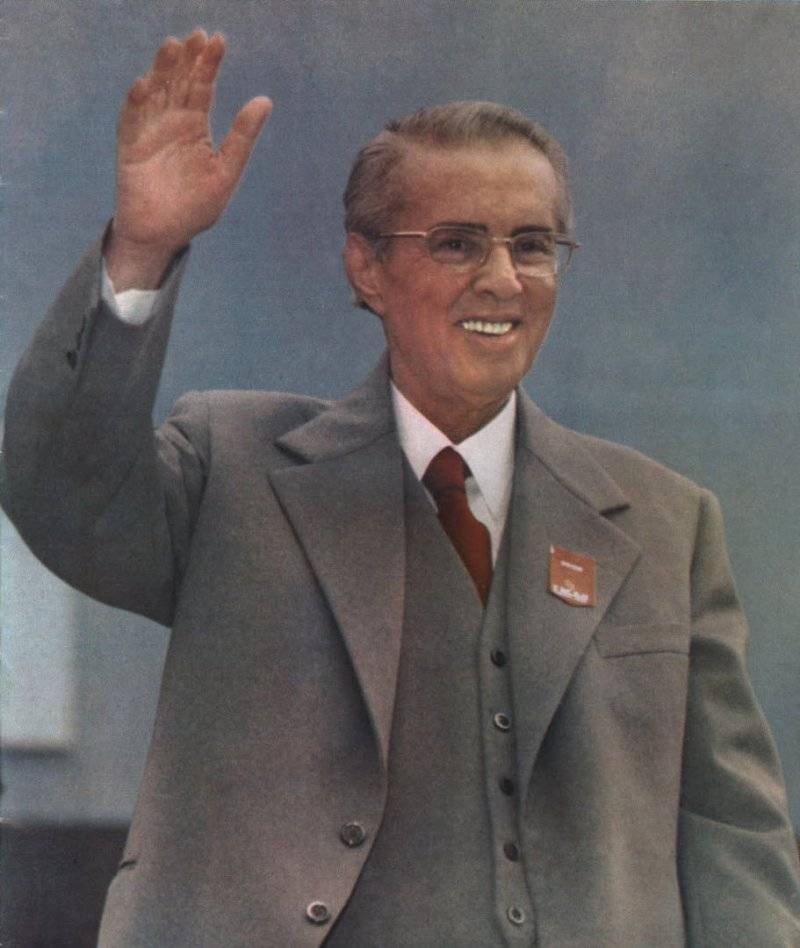
Again, the Bektashis returned to this country in 1990, at the same time as they returned to Turkey. But now they have no meaning and influence in their historical homeland, and their mystical "dances", which are performed by folklore ensembles, are perceived by many as just a fun attraction for tourists.
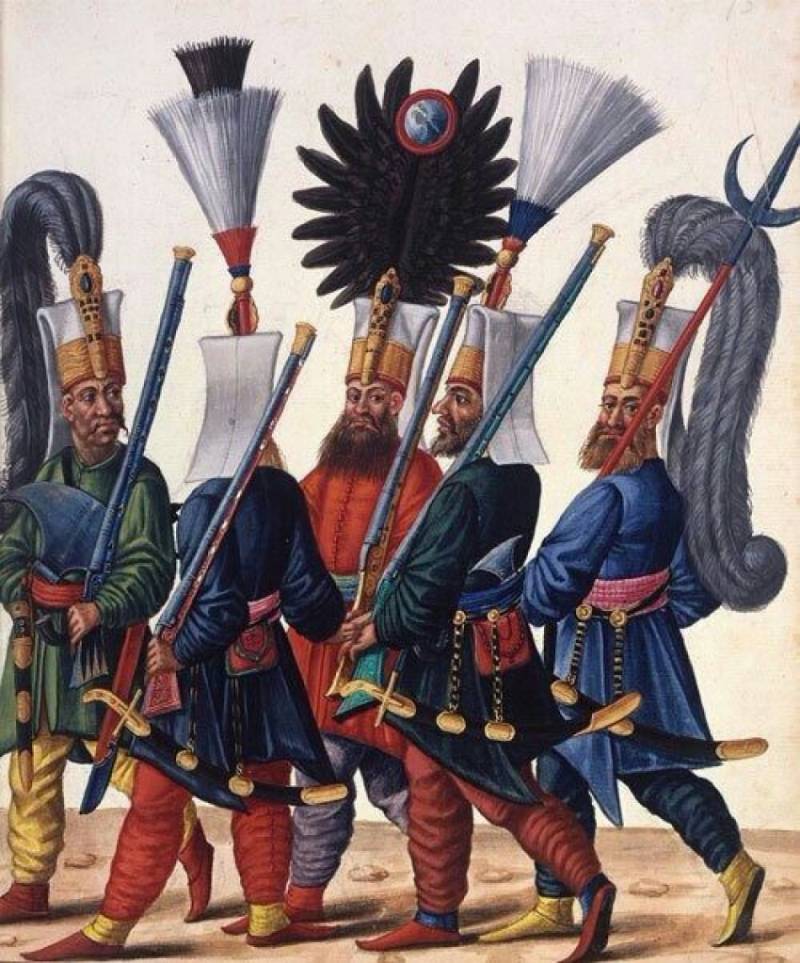
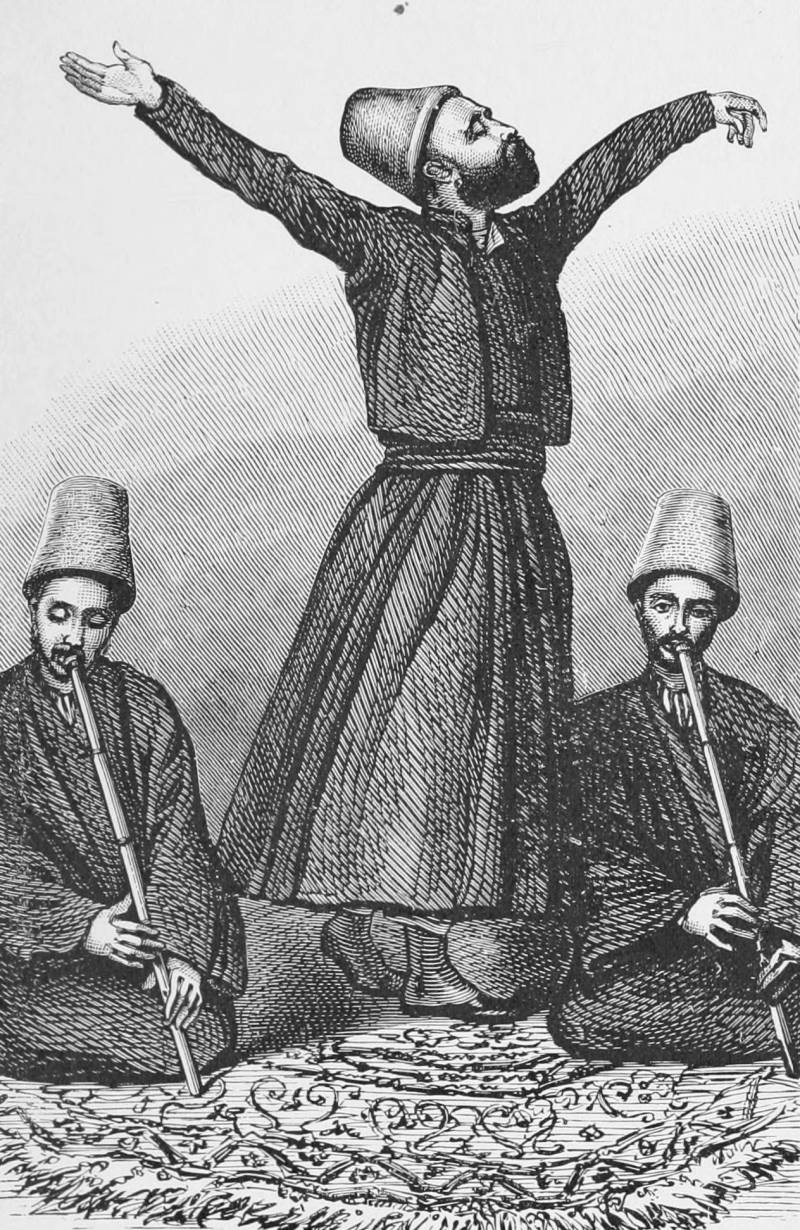
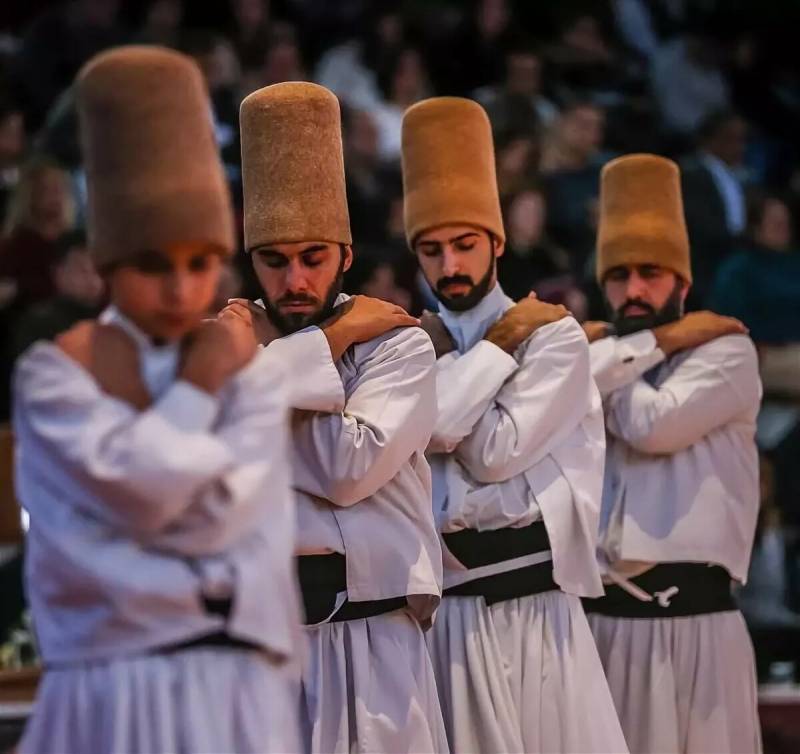
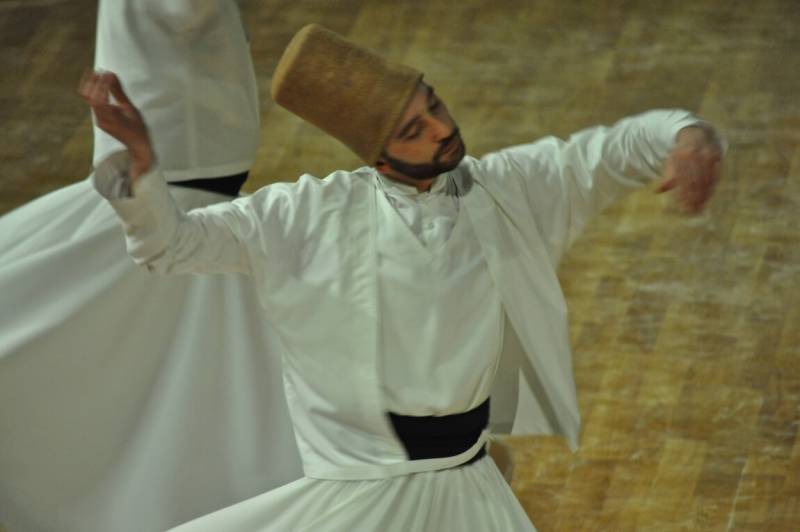
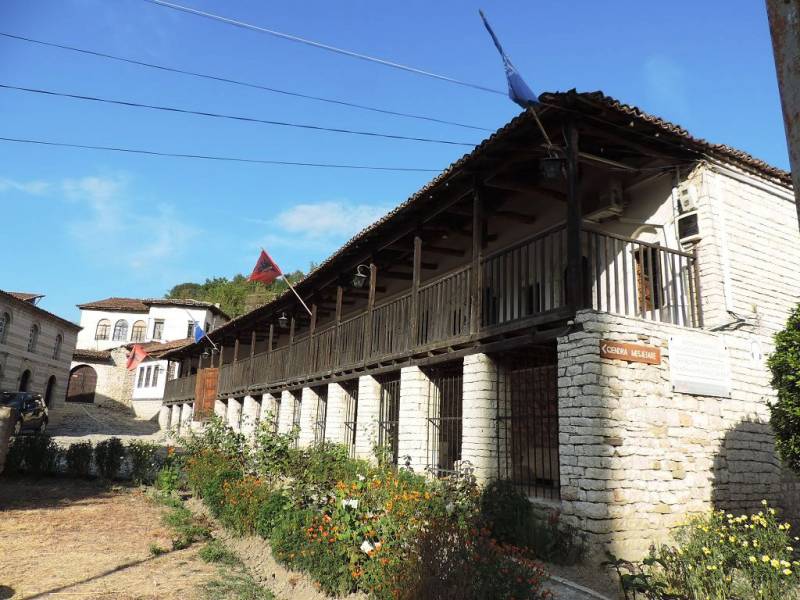
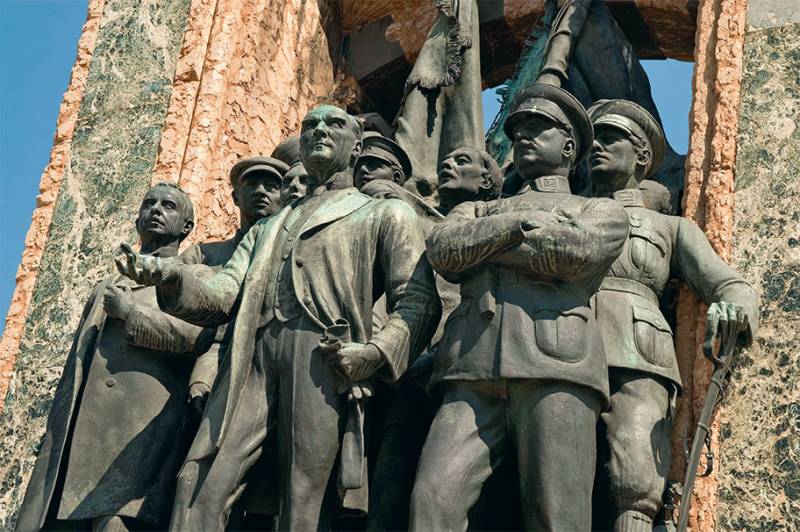
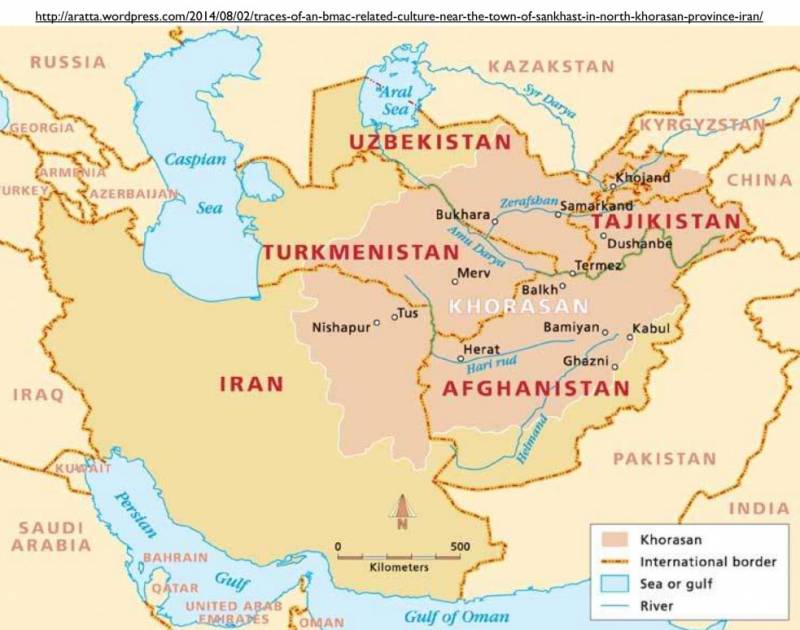
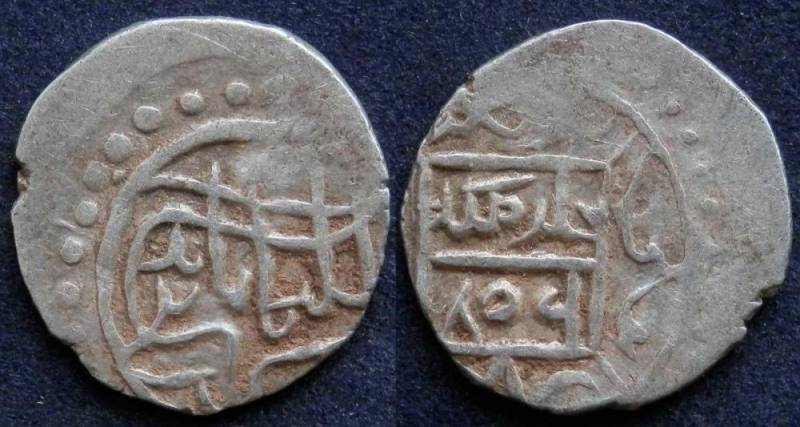
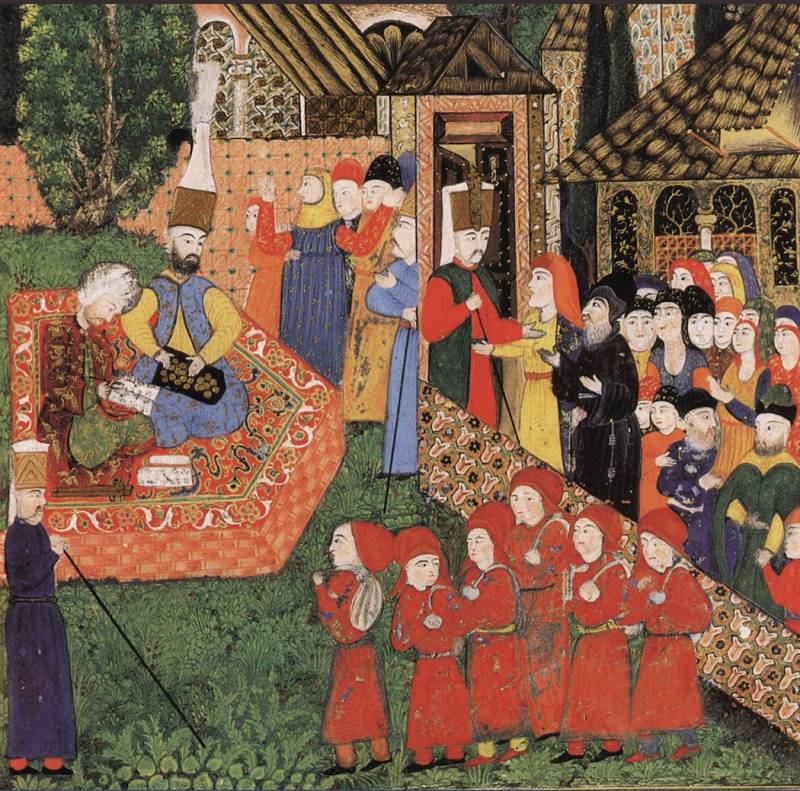
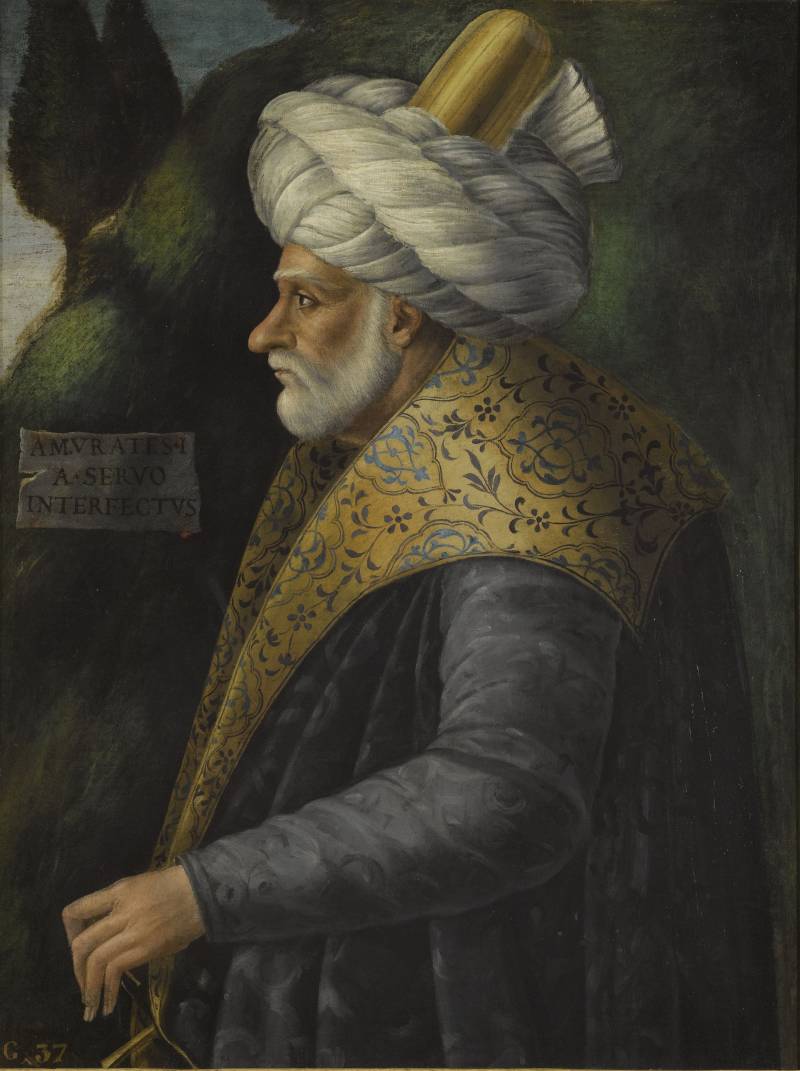
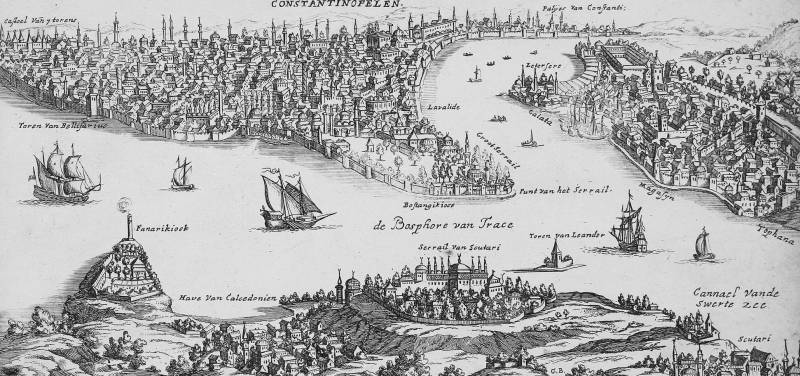
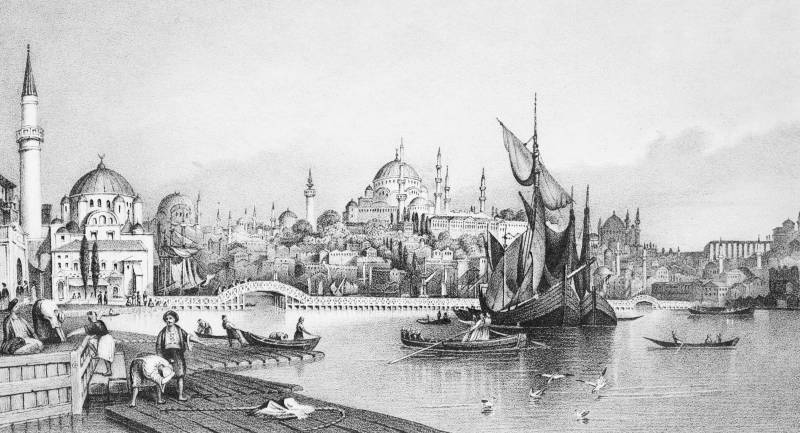
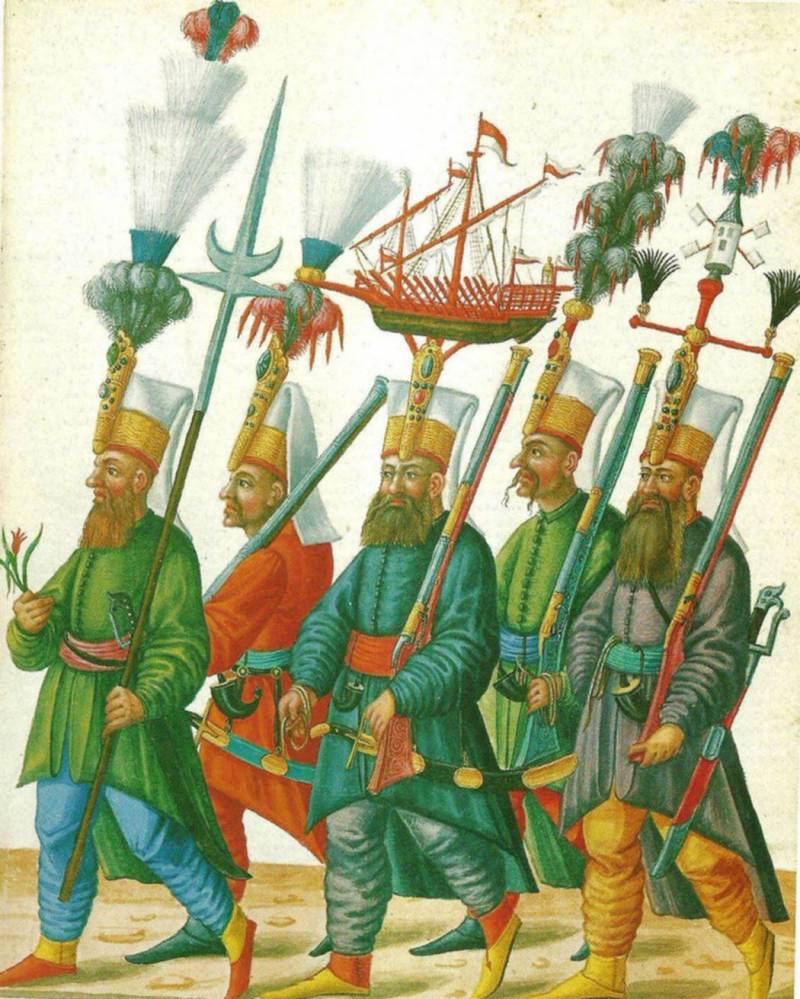
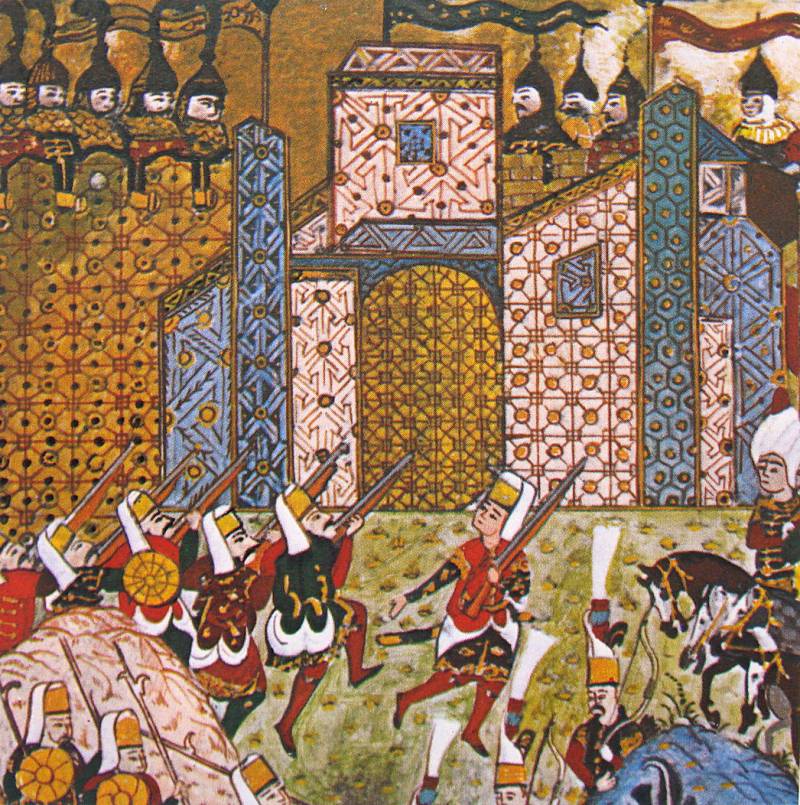
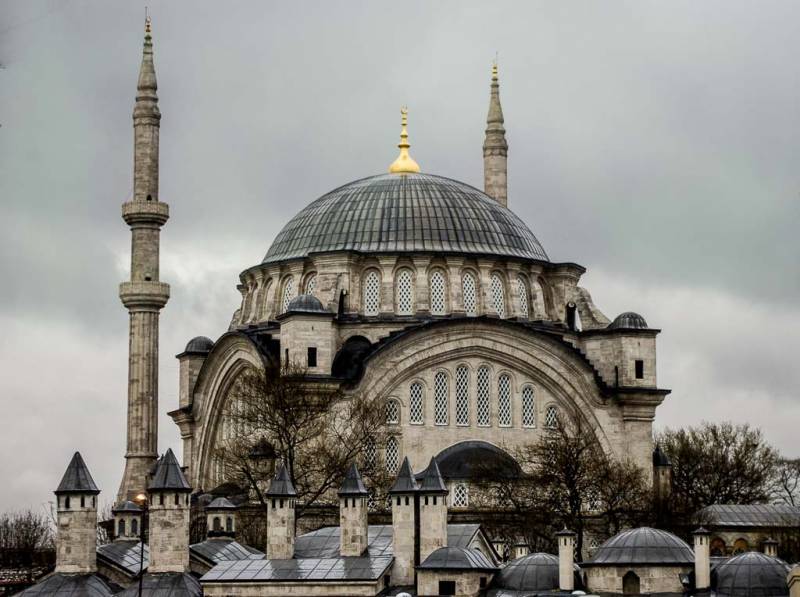
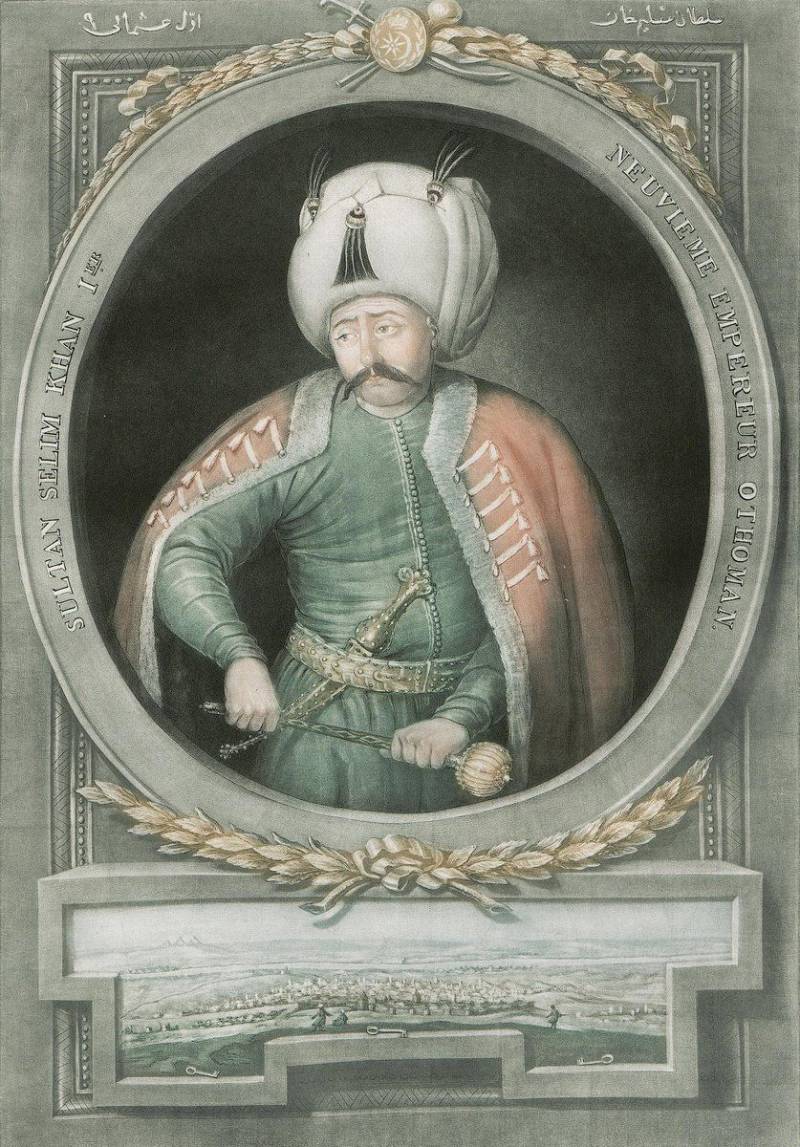
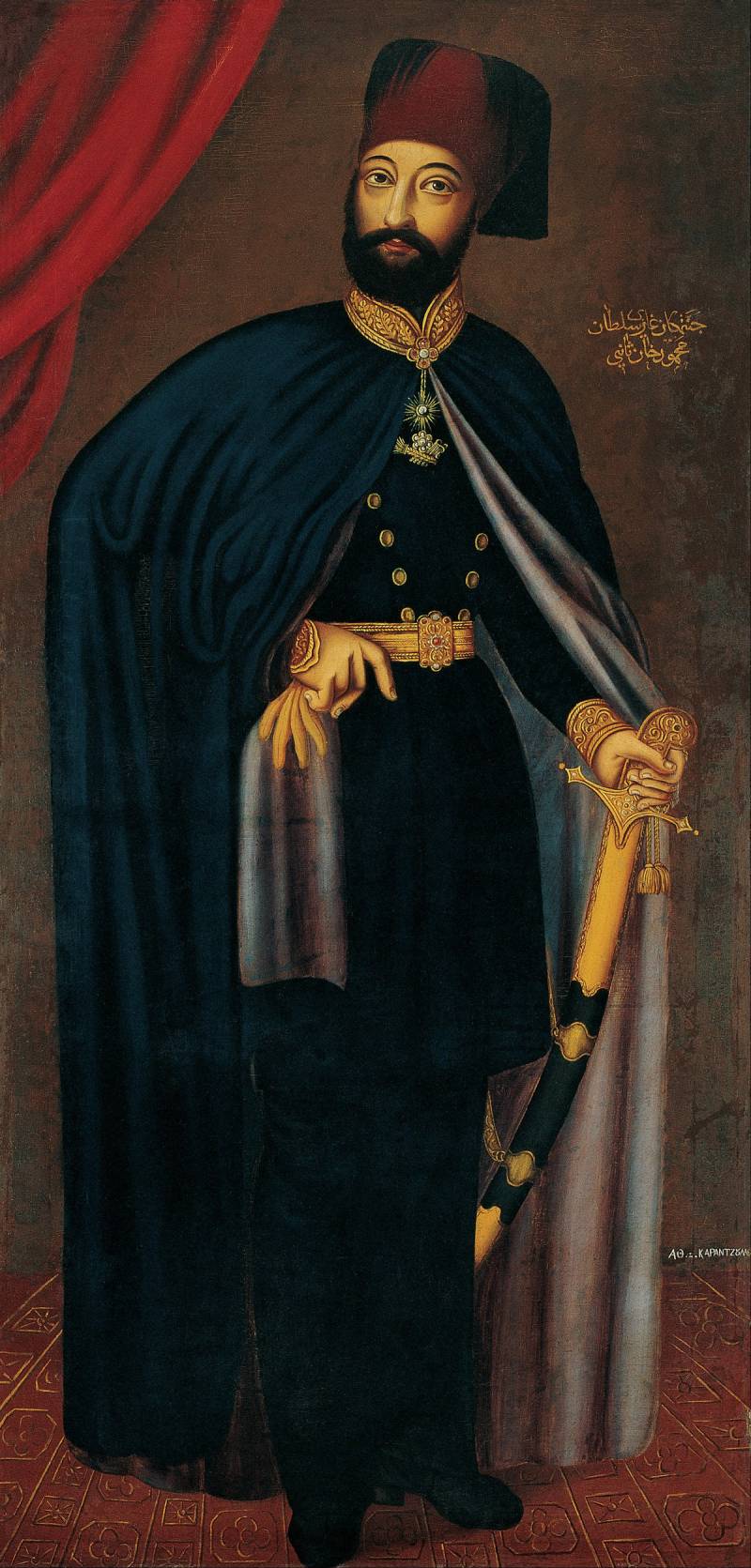
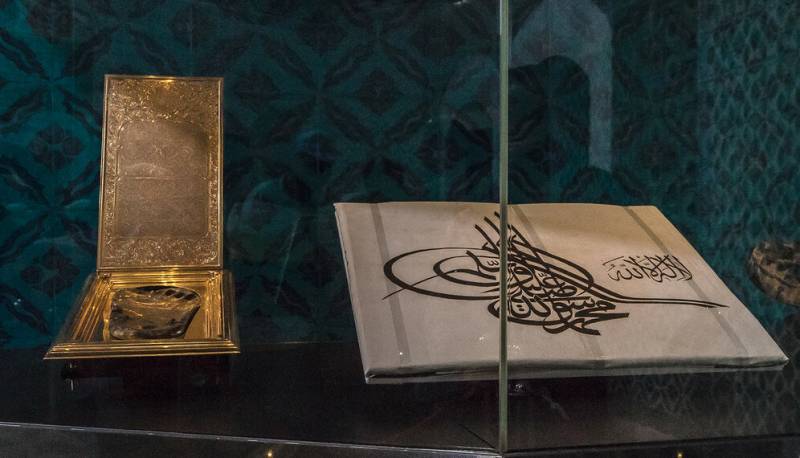
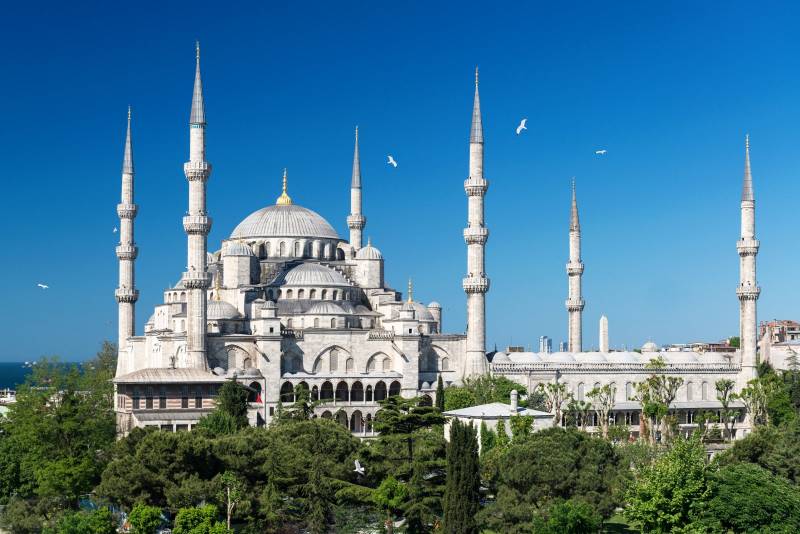
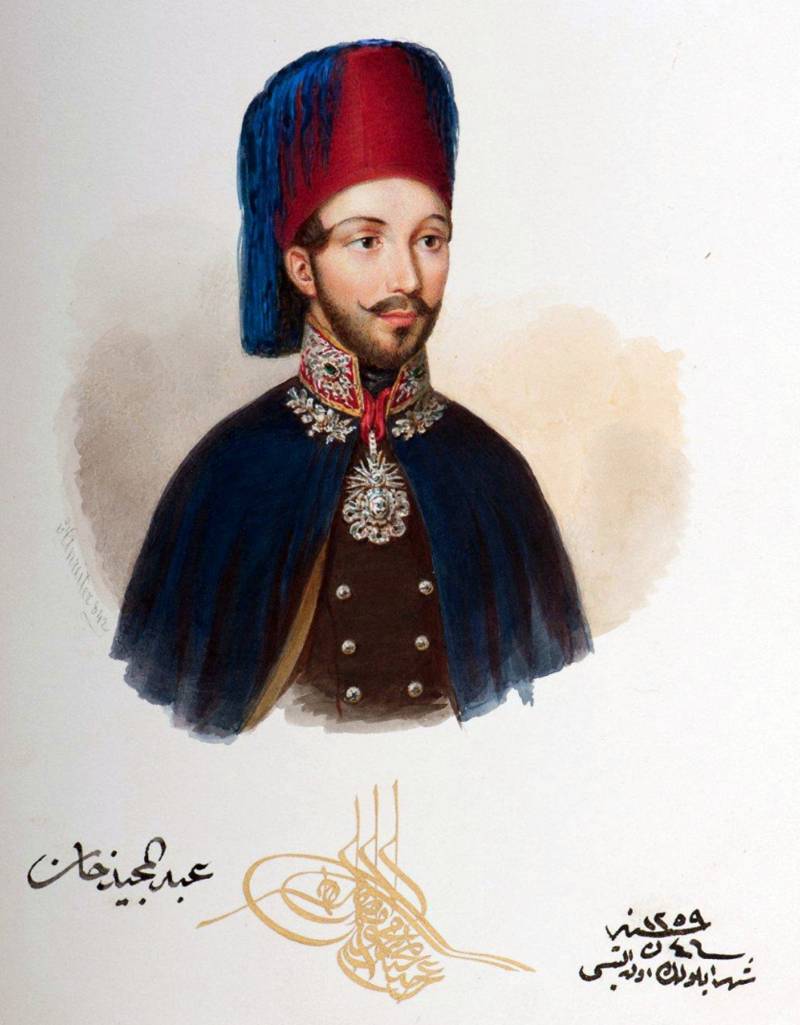
Information